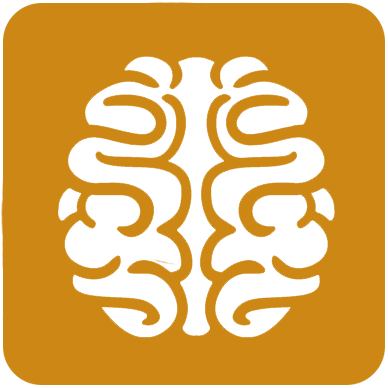These are disorders of the nervous system causing involuntary lack of movement or excess of movements or a disturbance in performing movements, during normal consciousness.
Parkinson's disease is the most well-known movement disorder. The awareness is partly due to the high incidence of the condition, about 0.5% of people over 60 years of age receive this diagnosis every year. Nevertheless, it is a complex condition that can give a very varied spectrum of complaints.
The disease is marked by movement poverty consisting of few and delayed movements, together with the presence of muscle stiffness, tremor (trembling) and gait instability. All too often mental or behavioral changes can also occur. Sometimes also disorders within the autonomic nervous system are present, such as changing blood pressure, slow bowel movements and poor bladder control.
Central to its development is the loss of nerve cells that produce the protein dopamine. Although much progress has already been made in understanding this condition, the exact mechanism of its cause is still unknown.
Drug therapy to replace or mimic dopamine is central. Treatment of the non-movement-related symptoms in addition to rehabilitation is also important.
It is always the case that every patient is different and that the patient's illness also evolves over time. This means that a good follow-up is necessary to find a good balance between the effect of medication and the avoidance of side effects as much as possible. If, over the years, medication is no longer able to treat the symptoms in a stable manner, a switch can be made to the next step in therapy. With a duodopa pump system dopamine is continuously delivered in the intestine. Another good option is deep brain stimulation, which is offered within the GZA in collaboration with the neurosurgery department. During an operation, electrodes are placed very precisely in specific brain nuclei to improve the symptoms of Parkinson's disease. To achieve optimal results, the patient is conscious during part of the procedure. The neurologist checks the clinical improvement or the possible development of side effects during stimulation. This is to guarantee the best possible result through the stimulation electrodes.
Not only "Parkinson's disease" can cause Parkinson's symptoms. Various disorders are grouped within the "parkinson-plus syndromes" in which there are Parkinson's symptoms, but often less response to the dopamine replacement medication.
Numerous other brain disorders or sometimes certain medications can also give the impression of "Parkinson's disease". An accurate clinical neurological examination is essential to distinguish these conditions from each other.
Diagnosis and treatment of various causes of tremor (trembling) should also often be done. In fact, everyone trembles to a certain degree, but sometimes this is really part of a condition. Essential tremor or essential trembling is a frequently occurring form of trembling that mainly occurs in the hands especially when taking a posture with the arms. This can often be treated very well with medication. If all this does not suffice, just like with Parkinson's, you can opt for deep brain stimulation. There are also other types of tremor, sometimes caused by metabolic problems, medications or structural brain problems.
Numerous other movement disorders such as chorea (fast, complex, irregular movements), myoclonus (muscle jerks), dystonia (longer lasting muscle contraction in one limb or throughout the body), tics or ataxia (coordination disorders) are symptoms that can be seen within various disorders which sometimes pose a real challenge to diagnosis and treatment.
In collaboration with the service of physical medicine, an ambulatory rehabilitation program aimed at Parkinson’s disease is provided in all GZA-hospitals.
Vanden Bogaerde and dr. Madou have a special interest in movement disorders.
